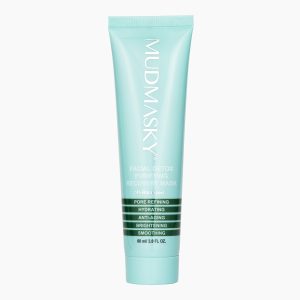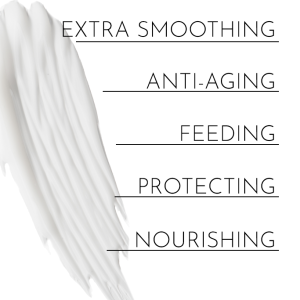Niacinamide was once marketed as a gentle vitamin that could help almost every skin type. Today there is a growing wave of users asking the same question. Why does niacinamide burn my skin. Why is my face turning red. Why did niacinamide ruin my skin after months of using it. These are not rare complaints. They are everywhere. And they reveal a much bigger problem in the skincare industry.
Short Term Benefits That Hide Long Term Problems
At first glance, niacinamide seems harmless. It can temporarily make redness look less visible and give the skin a smooth, bright finish. But these short term improvements often hide deeper irritation that builds slowly. Many users describe the same experience. It starts with a mild prickly feeling. Then one day the product begins to burn. One user wrote, “I thought I was imagining it, but every time I applied my niacinamide serum my face became hot and red within minutes.” Another said, “It worked for months, and then my skin suddenly snapped.”
Earlier this year we wrote about why we believe niacinamide is a trap, read here!
What most people do not realize is how often they are exposed to niacinamide. It appears in almost everything on the market today. Cleansers. Serums. Moisturizers. Sunscreens. Primers. Foundation. Even body products now contain it. This daily layering creates an overload that makes the skin barrier weaker instead of stronger. When the barrier becomes irritated, the skin begins to react with burning, redness, and breakouts.
Another problem is the concentration. Studies show that two to five percent is already enough, yet many brands use eight to ten percent simply to look more “active” on the label. High numbers sell well, but the skin does not appreciate them. What happens next is sensitization. This means that the skin becomes irritated not because of the first application, but because of repeated exposure over time. People who tolerated niacinamide for months suddenly develop intense reactions.
The most concerning part is that there is little long term research. Most studies focus on short term use. What happens after years of daily exposure is still unknown. For many users, that uncertainty is not worth the risk.
If niacinamide has started to burn, your skin is telling you that it needs a break. Stop using it completely and simplify your routine. Choose formulas that focus on calming and hydration. Avoid exfoliating acids and retinol until the skin has recovered. Give your barrier time to repair. Many people notice improvement within a few weeks once niacinamide is removed.
There are alternatives that offer similar benefits without the irritation. Ingredients like squalane, ceramides, and natural clay based treatments can brighten, soothe, and balance the skin effectively without sensitizing it. All use in Mudmasky products.
Why Mudmasky does not use niacinamide
We choose not to use niacinamide because too many people experience burning, redness, and long term sensitivity. Our formulas focus on natural and gentle ingredients that support the skin barrier instead of overwhelming it.




